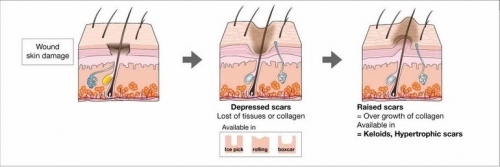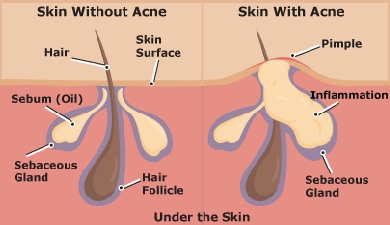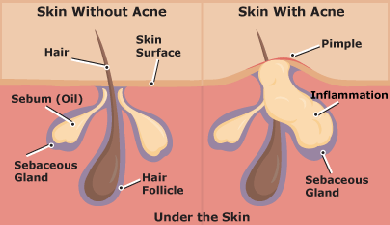profile/3690IMG-20200925-WA0011.jpg
Amygold

Why You Should Not Pop Your Pimples
~0.7 mins read
profile/3690IMG-20200925-WA0011.jpg
Amygold

How Acne Is Formed
~1.2 mins read
Acne and pimples are two of life’s most annoying and prevalent skin curses. Most of us have been in a situation where an ugly red spot has appeared the day before an important event or date. The question is: can you do anything about it without having to indulge in expensive medication? The answer is yes!
Let’s understand the formation of acne first and learn about what natural home remedies we can try to clear pimples clearly.
How acne is formed

â–² Inflammation caused by hormonal changes forms the red spots on our skin.
Acne is commonly found on your face, neck, chest, back and shoulders. It’s because there are more oil glands on the skin of these areas. The function of oil glands is to excrete oil substance (sebum) to lubricate your skin to make it look glowing.
When your body produces an excess amount of sebum and dead skin cells due to hormonal changes, the two can block your hair follicles and form soft plug, which is a favourable environment for bacteria to thrive. When the clogged hair follicles get infected and result in inflammation, the follicle wall will bulge and form a pimple
Advertisement

Link socials
Matches
Loading...
